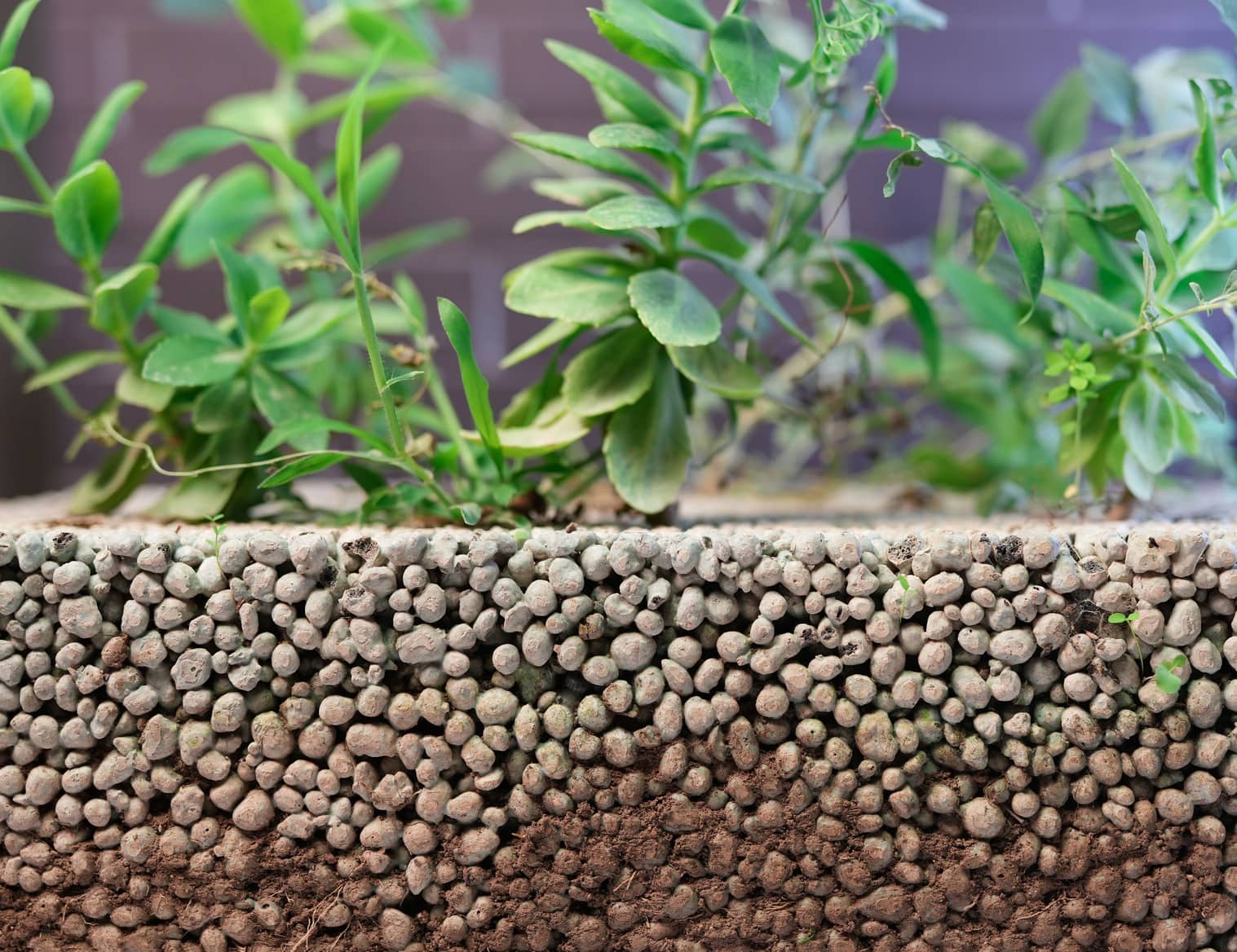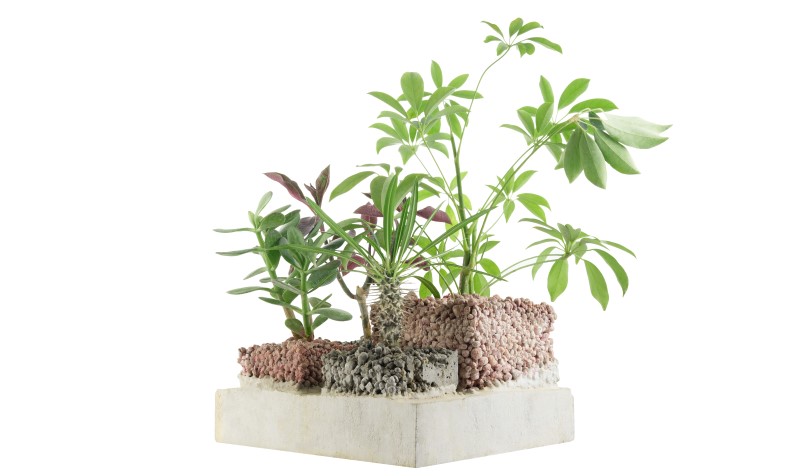
Types of Fertilization method
Water-soluble fertilizers can be applied in a variety of ways, depending on the type of crop, growing conditions, and irrigation method. Here are some common methods of applying water-soluble fertilizers:
Fertigation: This is the process of applying water-soluble fertilizers through an irrigation system, such as drip or sprinkler irrigation. The fertilizer is dissolved in the irrigation water and delivered directly to the plant roots. This method allows for precise application of nutrients, reducing waste and increasing efficiency.
Foliar application
Water-soluble fertilizers can be applied directly to the leaves of plants through a spray or misting system. This method is particularly effective for supplying micro nutrients to plants, as they can be quickly absorbed through the leaves.
Water-soluble fertilizers can be applied in a variety of ways, depending on the type of crop, growing conditions, and irrigation method. Here are some common methods of applying water-soluble fertilizers:


Fertigation
This is the process of applying water-soluble fertilizers through an irrigation system, such as drip or sprinkler irrigation. The fertilizer is dissolved in the irrigation water and delivered directly to the plant roots. This method allows for precise application of nutrients, reducing waste and increasing efficiency.
Foliar application
Water-soluble fertilizers can be applied directly to the leaves of plants through a spray or misting system. This method is particularly effective for supplying micro nutrients to plants, as they can be quickly absorbed through the leaves.
Soil drenching
This involves applying water-soluble fertilizers directly to the soil around the plant roots. This method is particularly effective for plants that have a shallow root system or for container-grown plants.
Hydroponics
Water-soluble fertilizers are commonly used in hydroponic systems, where plants are grown in a nutrient-rich water solution without soil. In this system, the fertilizer is added to the water solution and circulated through the plant roots.
When using water-soluble fertilizers, it is important to follow the manufacturer’s instructions for application rates and timing, as over-application can lead to fertilizer burn and damage to plants. Regular soil and plant tissue testing can also help to ensure that the correct nutrients are being supplied to the plants, allowing for adjustments in fertilizer application as needed.


